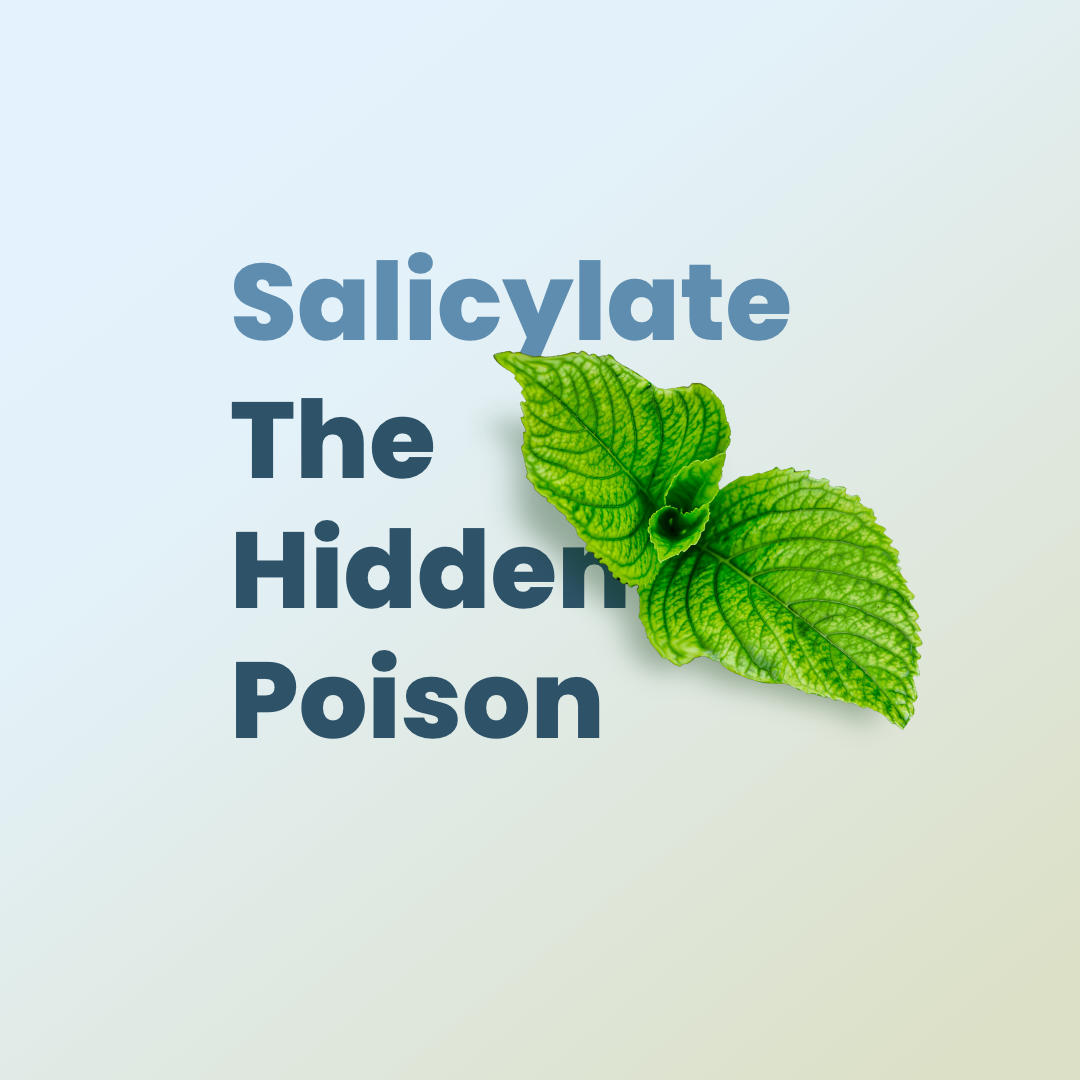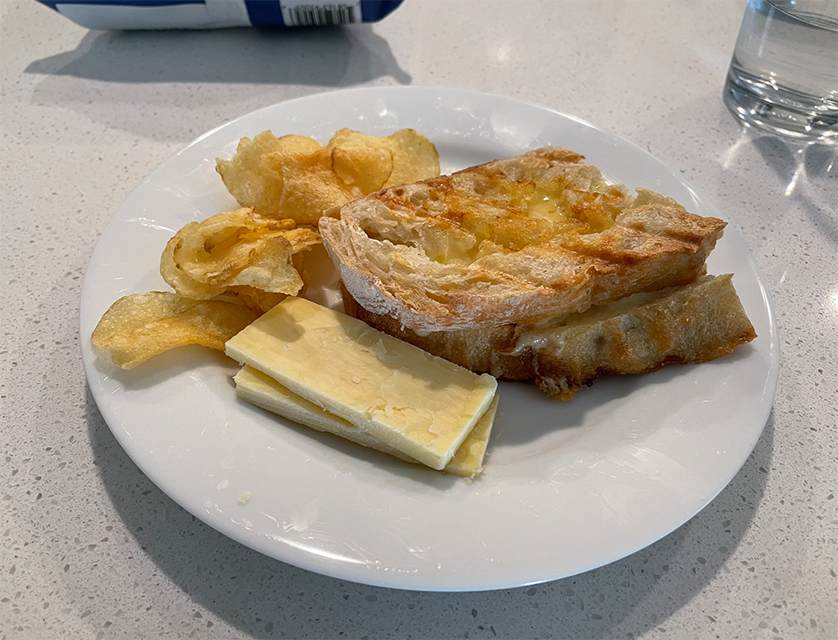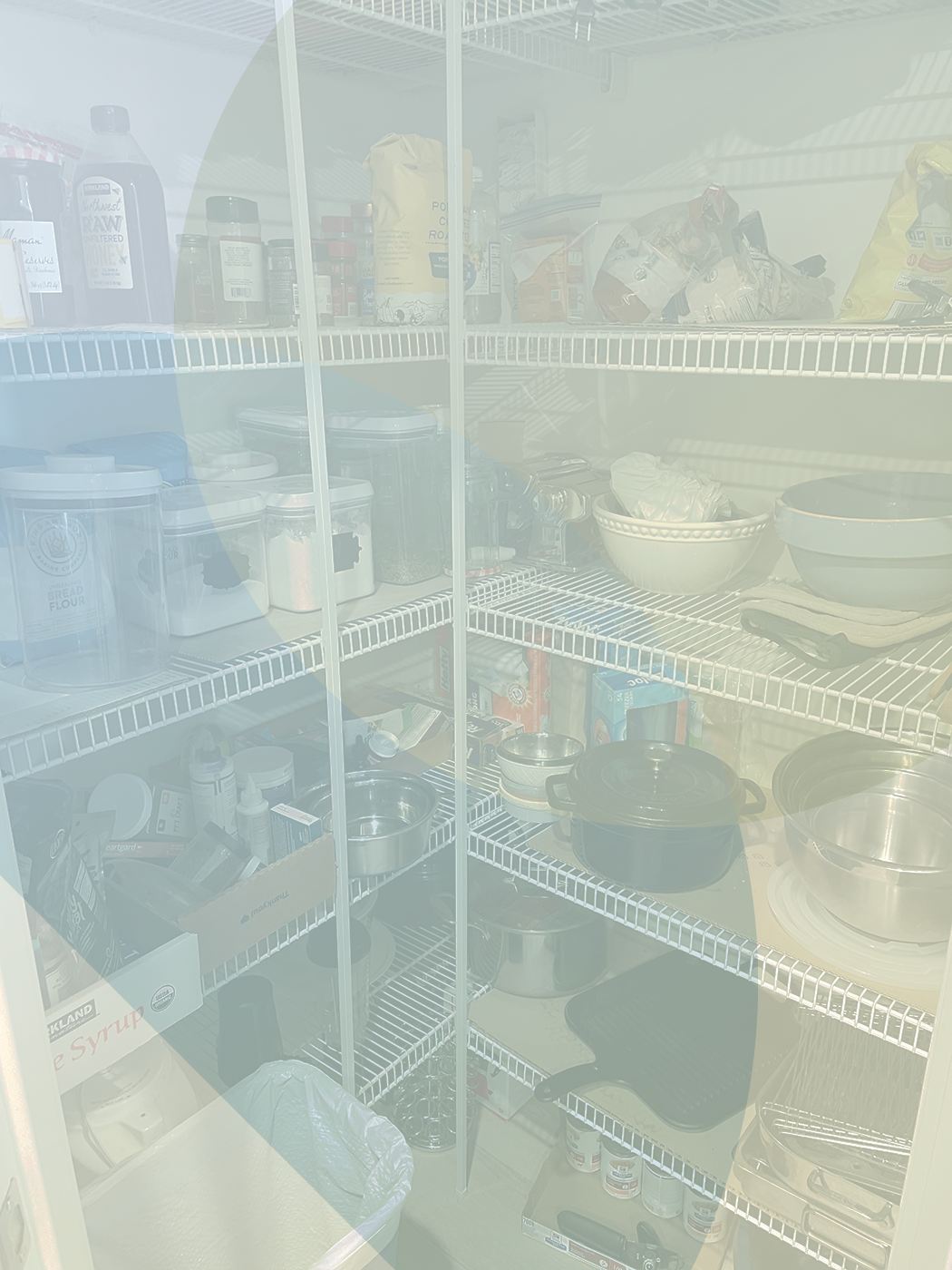Salicylates: The Hidden Poison
The Use of Salicylates in Poultry Feed
There are various uses of salicylates in the food production chain and it’s really hard to find out what food producers use in their processing. I’m convinced that certain chicken or beef products use more or less than another since I sometimes feel salicylate reactions from one product and not another.
This is a brief description of “benefits” of salicylates in chicken feed
Salicylate, particularly sodium salicylate (SS) and acetylsalicylic acid (ASA), serves as a non-steroidal anti-inflammatory drug in poultry nutrition. These compounds offer a range of benefits including immunomodulation, pain relief, fever reduction, and anti-inflammatory effects. Additionally, they have been found to mitigate the adverse effects of heat stress, reduce conditions like ascites and leg disorders, and lower the incidence of respiratory and digestive problems in poultry.
Source: Cambridge University Press: 09 June 2017
The Hidden Use of Salicylates as Sanitizers and Cleansers in the Food, Restaurant and Manufacturing Process
In addition to food producers feeding or injecting animals with salicylates, they are also used in variety of ways throughout the food production ecosystem including restaurant uses as sanitizers, cleaning agents and of course additives.
Uses of salicylates in the food industry
(This list is courtesy of a salicylate manufacturer’s marketing materials)
• Used as an Agent for soaking up liquid
• Relating to agricultural, including the raising and farming of animals and growing of crops
• Products used on crops, or related to the growing of crops
• Air cleaners and anti-odor agents, air purifiers, air conditioners, air filters, general air care products
• Type of pesticide used to destroy or inhibit the growth of disease-causing mechanisms, can be impregnated into clothing
• Related to all forms of cleaning/washing, including cleaning products used in the home, laundry detergents, soaps, de-greasers, spot removers, etc
• General disinfectants / sanitizing agents
• Products used in an enclosed setting, such as boiler and tank cleansing agents, and drain cleaners
• Flooring materials (carpets, wood, vinyl flooring), or related to flooring such as wax or polish for floors
• Toilets, cleaning/sanitizing products for toilets
• Colorants, dyes, or pigments; includes colorants for drugs, textiles, personal care products (cosmetics, tatoo inks, hair dye), food colorants, and inks for printing
• Related to food production (restaurants, catering, etc)
• Related to food and beverage service activities
• Includes antifoaming agents, coagulating agents, dispersion agents, emulsifiers, flotation agents, foaming agents, viscosity adjustors, etc
• Shortening, cooking oils, vegetable and animal oils and fats
• Includes spices, extracts, colorings, flavors, etc added to food for human consumption
• General flavoring agents used in foods, including condiments and seasonings
• Includes food packaging, paper plates, cutlery, small appliances such as roasters
• Plastic products, industry for plastics, manufacturing of plastics, plastic additives
• Fragrances or odor agents, can be used in home products (cleaners, laundry products, air fresheners) or similar industrial products;
• Soaps, includes personal care products for cleansing the hands or body, and soaps/detergents for cleaning products, homes, etc
• Personal care products, including cosmetics, shampoos, perfumes, soaps, lotions, toothpastes, etc
• Includes water softeners, lime removers, and the products used in the process of the collection, purification, and distribution of water



